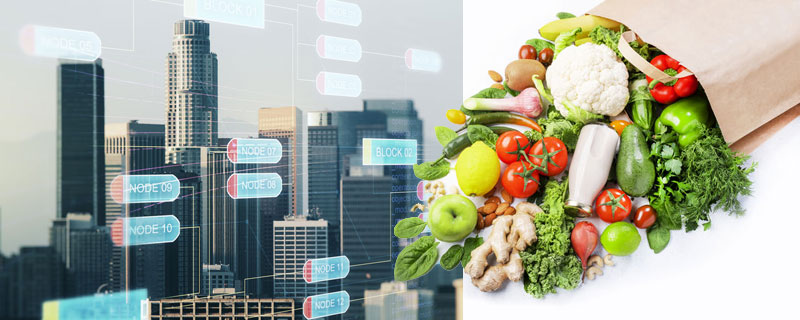This can range from measuring air quality, as used by the London Air Quality Network, to detecting leaking water pipes, with Vodafone recently partnering with SES Water.
Cities are increasingly making city-wide data available to use; in 2012 in New York, the then-mayor Michael Bloomberg signed Local Law 11 of 2012, known as the ‘Open Data Law’.
This mandates that all public data be made available on a single web portal.
With just seven years to prevent the temperature from rising 1.5ºC according to the Climate Clock, government and industry need to invest in smart technology as a priority.
The stats speak for themselves:
- Buildings account for 40% of all energy consumption
- When it comes to electricity, buildings account for 55% of consumption
- It is estimated that 30% of all energy used in commercial buildings is wasted
- In Europe 75% of buildings are inefficient
Research has found that in buildings with clean air technology, productivity can increase by 11%.
To achieve this, businesses will need to install ventilation, filtration, and disinfection technology, which must be linked to an occupancy measuring solution and technology to measure air quality.
These types of building management systems can maintain and optimise buildings on their own, and only need humans when they are notified.
With new technologies such as digital twins, IoT, ML, AI and Automation, smart buildings can operate without much human interference at all.
A digital twin can be used to simulate how different policies may affect a city.
With such technology, if a product is having any issues or is nearing the end of its lifecycle, it can notify and send out an engineer with the right part to fix it first time.
The building can remain energy efficient, while bringing down costs to the business and freeing up the time for engineers, building owners and facilities managers to spend on the more pressing issues at hand.
Smart technologies on their own are not “sustainable”, but it’s how they’re used.
For example, they can help to monitor the usage of utilities such as heating and electric, keeping costs down for homeowners/tenants and ensuring properties remain greener and more energy efficient.
Smart technologies can reduce waste output, minimising the carbon footprint of developments.
They can also make developments a more comfortable place for homeowners/tenants to live, improving quality of life and therefore increasing the demand for such properties.
We use renewable energy resources wherever possible in both our commercial and residential developments, promoting cleaner energy and a more cost-effective solution for the end user.
Modern methods of construction speed up build time and lower the carbon output.
Our largest opportunity will use pioneering saltwater greenhouse technology to grow produce on-site in harsh conditions.
This will give the local community direct access to fresh fruit and vegetables rather than having to import the produce from elsewhere, lowering costs and carbon output.
Source: Development Finance





Leave a Reply
Want to join the discussion?Feel free to contribute!